Phishing Hacking and More: Staying Secure Online
Staying safe online has become a chief concern among both consumers and businesses across the world. With so many forms of cyber-crime, it’s hard to keep up with everything out there. Phishing schemes and hacking are serious threats! Here’s how to keep your PC secure.
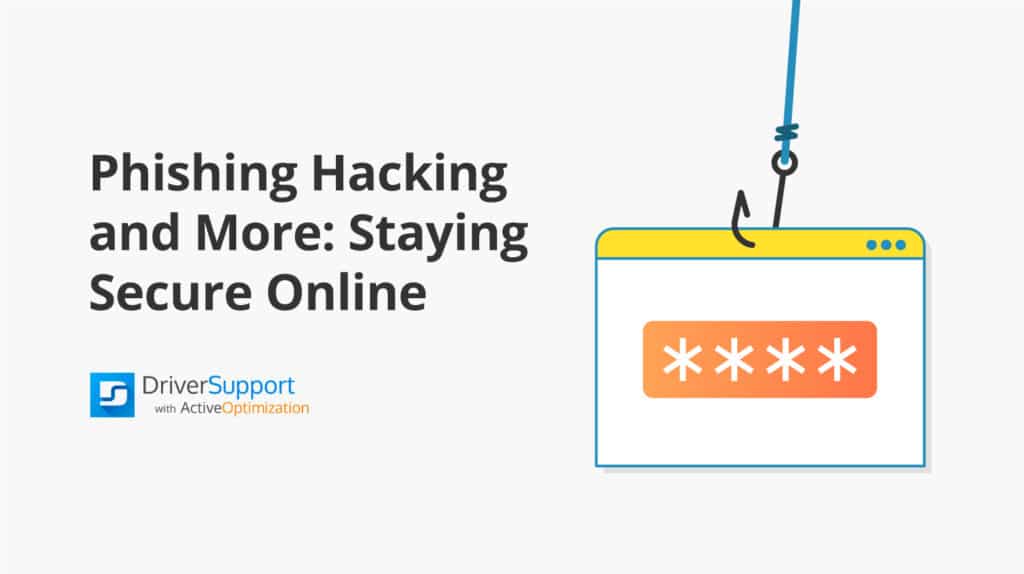
The Threats, Why It’s Important to Prevent Phishing and Hacking
Phishing attacks are some of the most sophisticated varieties of cybercriminal activity. These attacks cost the business world $3.77 million in damages a year. Other figures put it at closer to $500 million a year.
On the other hand, cybercrime and hacking as a whole are expected to cause around $2 trillion by this year. The amount of money is crippling and will have long term effects on market conditions for years to come.
Those jaw-dropping figures make phishing attack prevention imperative to any organization. Consumers should also be concerned about these attacks and take preventative action to stay safe.
What to Know, How to Prevent Phishing and Hacking
Starting with how to prevent phishing, you’ll need some background info to fight back. Phishing attacks employ a strategy known as social engineering.
The practice is a criminal distortion of psychology and is designed to prey upon people to leverage data or money from them. In one example, you may be approached via email by someone asking for you to provide passwords to reset them while claiming to be from the IT department and using a similar email as your IT staff. These emails can be disastrous if the passwords are supplied as they are spoofs of legitimate department emails and are used to steal your passwords.
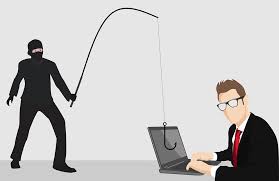
These attacks had increased by 65% as recently as 2016, with 1,220,523 instances of phishing schemes. The uptick in phishing attacks make them a serious threat and requires proactive, preventative action. By being proactive, you can avoid the costly perils of phishing attacks and the damage they cause.
The Damages
Phishing can cause devastating and even irreparable damage to businesses and brand names. The worst cases are when customers are the first to experience the effects of the phishing attack. Once they do, customers tend to take their business elsewhere.
The Varieties of Phishing Attacks
Phishing attacks come in a fairly wide variety and each has a specialized approach to engaging with victims. These approaches all have strengths and weaknesses, the key is to know enough about them to recognize them in an email or even a phone call.
Urgent Links
One major type of phishing attack is links that are presented as urgent and require the recipient to click them to avert some fictitious catastrophe such as the loss of an account. These links are often sent in emails designed to look as if they came from someone familiar or important.
Their trademark is the sense of urgency portrayed in the subject line. These can be somewhat over the top in hopes of getting you to open the emails and click on the links. While it’s relatively rare to have an email that initiates a virus as soon as you open it, once you take the action of clicking on a suspicious link, your PC is at risk.
The Support Role
Hackers engaged in phishing will also pretend to offer essential support services and present themselves as the solution to a problem the user has. The problem is often but not always computer related and they engage on the premise of helping you fix the problem. Here is an example of such a phishing email.
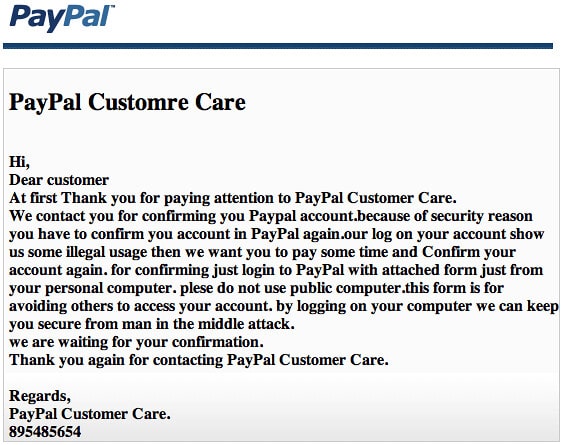
In these cases, they’ll tell you enough to make you feel like you’re making progress and you that you can fix it by following their instructions. The dangerous part is when they start asking you specific questions which target information that can be used to access and subsequently compromise your system.
Hijacking Familiar Names
In phishing attacks, the hacker will often pose as a client, someone from within the company, someone you know, or do business with. They’ll use a name and similar email that without more careful examination could pass for the real thing. The typical approach in these cases involves the hacker asking you to pull up an email, and talks you into opening it. The email, of course, is laced with malware and will initiate something nasty on your computer.
When this happens, it is absolutely critical that you catch it by seeing a minute difference in the email address before writing back. Remember, phishing happens to both home users and businesses, sometimes targeting people at home and at work.
The Key to Prevention of Phishing Attacks
The key to preventing phishing attacks is to recognize them early on before they can go too far. It often means being trained in recognizing a phishing scheme. Phishing is designed around human inclinations, and emotions. The schemes manipulate these variables to gain access to your system.
Sometimes your browser will warn you of a phishing attack when you stumble upon a suspicious website, like this.
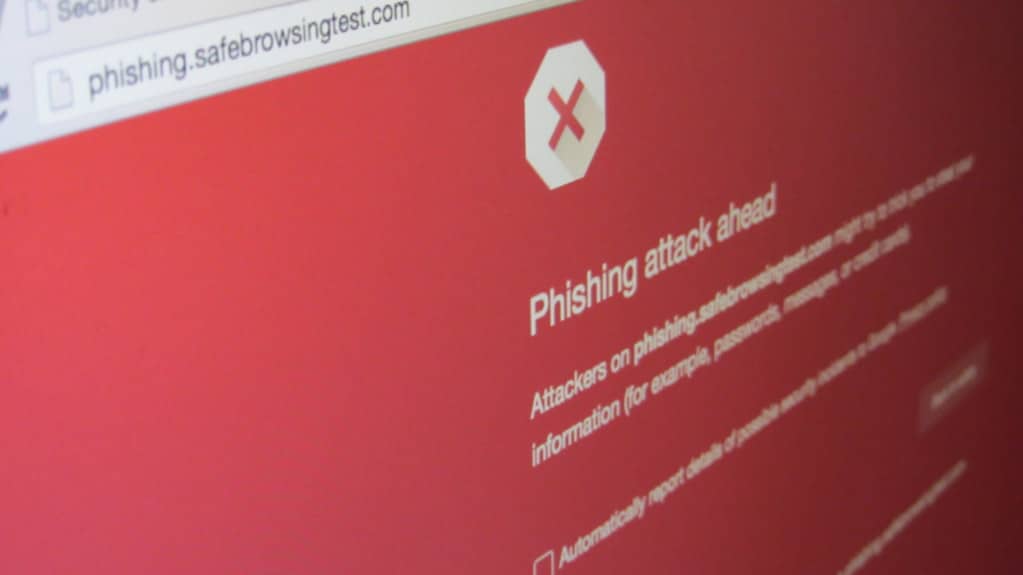
While businesses are a major target for phishing, you are also at risk as a consumer. As long as you own a computer and are connected to the internet, you can experience phishing.
How to Protect Yourself from Hackers
Phishing is certainly a serious danger. However, hacking, in general, presents an even larger threat. As with phishing, proactive preventative measures are key to averting serious damage.
Use Virtual Private Networks Connections
Using a virtual private network, also known as a VPN, is one of the most effective ways to protect yourself from hacking on the net. These special networks mask your PC and blanket it in advanced protection protocols that will help keep your PC out of harm’s way.
When not using your VPN, it’s important to steer clear of public Wi-Fi hotspots as these are commonly compromised or created by hackers looking to exploit anyone who connects.
Use Antivirus Software and Firewalls
While antivirus software is a basic protection that no one should be without, having a firewall is also a must. Don’t get caught without having a robust firewall installed. A firewall can stop a hacker in their tracks and prevent them from doing harm to your system. They also warn you when a program seems suspicious, as in this example.
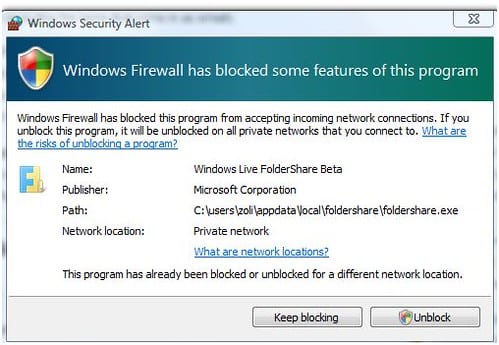
Always Keep Your Device Drivers Updated
One of the most important things you can do to protect your computer from hackers is to make sure that your drivers are up to date at all times. Doing this manually, however, is impractical as it can be incredibly tedious to update each one yourself.
Fortunately, special software solutions like Driver Support are available. Driver Support is a trusted program that will scan for outdated drivers and keep them updated automatically.
In summary, you should always have antivirus software, a strong firewall, and updated drivers to stay safe online. These three things will help keep you and your machine protected so that you can surf the web stress-free.
Install Driver Support and Keep Your Computer in Top-notch Condition
Installing Driver Support is a smart move and helps protect your machine and keeps it running smoothly. You can count on Driver Support’s software to always keep all of your drivers up to date, which keeps your computer safe from potential threats.
Driver Support has been providing smooth operation and security in computers via automatic driver updates since 1996, making them a trusted industry leader and the premier choice in software.
Protect your PC and keep it in ideal condition and Give DriverSupport | ONE a try today! today!

